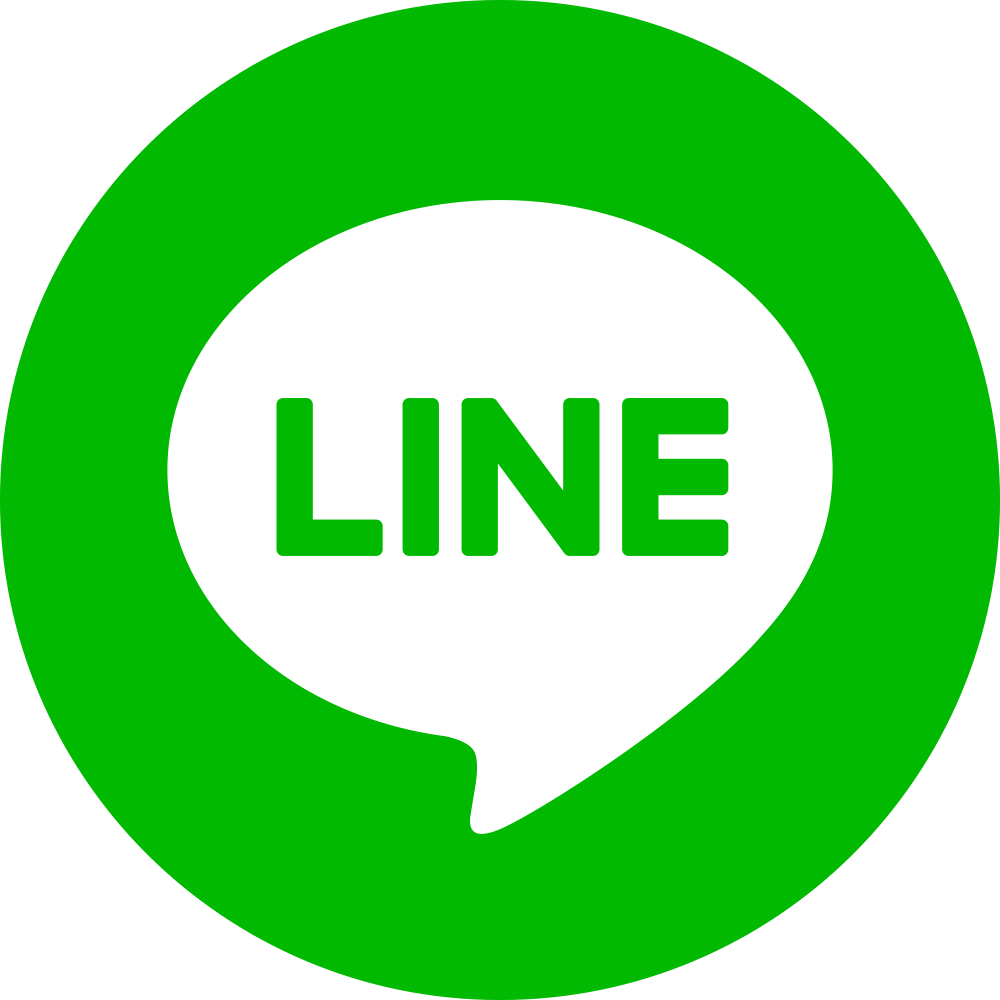- Category:
- All
- Design
- Illustration
- Manga
- Craft

Kaoto Satomi
Kaoto Satomi, born in Tokyo and based in Kanagawa. He started an ad agency after graduating in Design at university. His works have appeared on advertisements, the web, magazines, illustrated books, but he also makes characters designs. Website: kaoto-satomi.com Instagram: @kaotosatomi
We got the chance to hear about his experiences before he started his career as an illustrator and started using Copic.
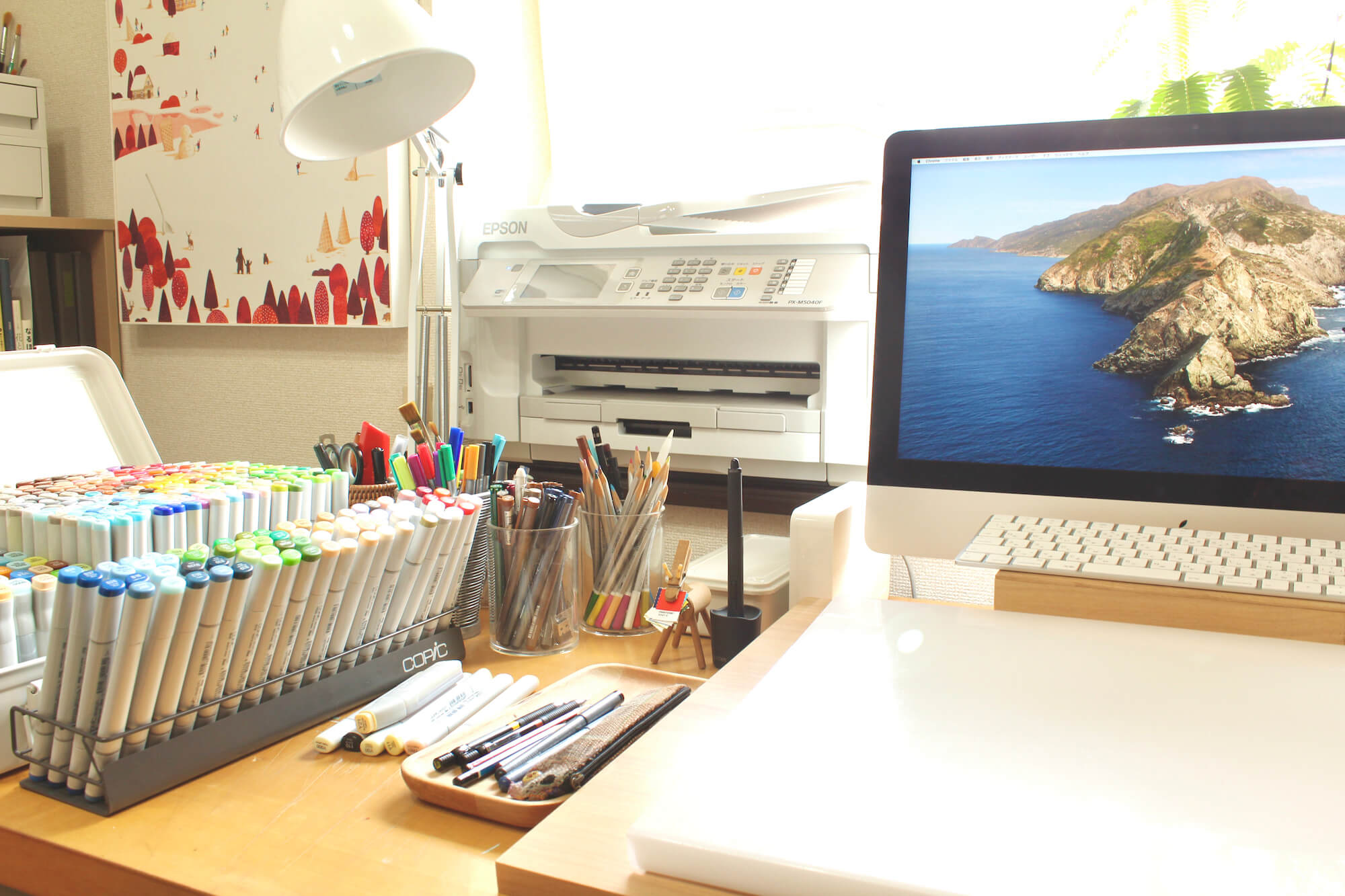
Can you tell us about your career until now?
After I graduated from college, I worked as an art director and CM planner at an advertising company until 2011. After that, I started to work as a freelancer.
You said you worked for an advertising company. You didn’t aim to become an illustrator when you graduated from university?
I’ve always loved to draw, but I didn’t think to do it for a living at first. My father was working in the advertising industry, which influenced me to work in that field. That is the reason I enrolled at an art university and worked for an advertising company after I graduated. My work consisted of outsourcing the ideas we planned to design companies. At first, I was so happy to take part in such big projects. After some time passed, the desire to make even small things by myself grew; and I wished to do work directly with my own hands. The thing that felt the most connected to this desire was drawing. After some years working, I started getting interested in the profession of an illustrator. I was occasionally asked to do some illustrating work internally in the company and that led me to becoming an independent illustrator.
So, you got interested in the illustration field while working there. What made you take the step to become a freelance illustrator?
When I was thinking how I should continue working inside the advertising company, the 2011 Tohoku earthquake happened. I had this strong feeling to work directly with my own hands while treasuring my time with my family, so I decided to change jobs.

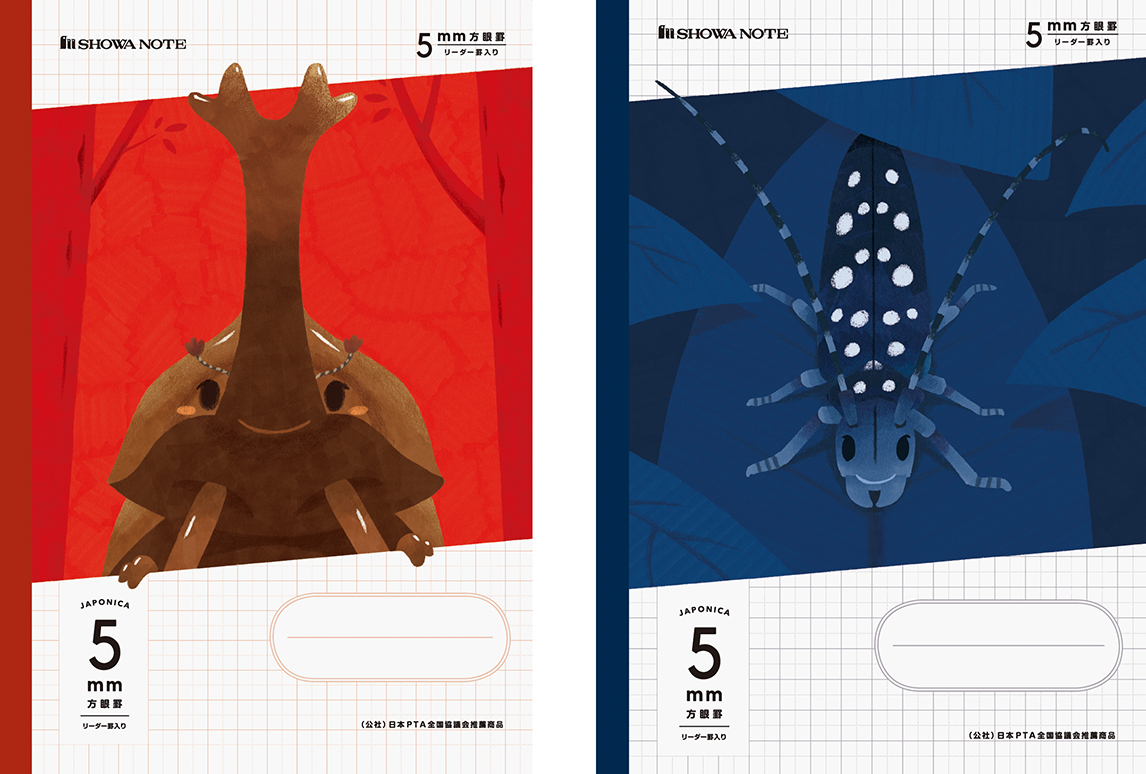
What experiences at the advertising company came in handy in this job?
As I was involved in advertising planning and design, I often receive requests for corporate advertising, web, and character design work. The most important thing in advertising design is to communicate a message. So, you have to make a drawing that doesn't interfere with it. It's not just taking a simple request about a required picture but thinking about what kind of illustration the ad needs and discussing it with both the designer and client.

So, your strong point is your ability to get close to your clients and make the illustration with them. Did you use Copic markers from the start of your illustrator career?
I used various art mediums until now, but I choose Copic because I was used to them. At the start of my career, I took on acrylic illustration offers, but I use Copic products the most for my artwork. You cannot simply correct your illustration like digital artwork. However, Copic products are the most comfortable tool to use for me. I thought that Copic products could also bring out originality because the mainstream tools of choice for illustrators are watercolors and acrylics.
You said you were used to Copic products. When did you use Copic products for the first time?
When I was in my 3rd year in middle school, I used my older sister’s Copic (classic) marker to draw for a project in art class. I thought it was nice that you only had to open the caps to start since I find color mixing annoying. I remember the frustration I felt when I couldn’t color the sky or large sections evenly, no matter what I did to correct them. In the end, I was able to get my desired result by layering the colors (laugh) excessively.
Everyone usually gets surprised by the Copic marker bleeding at first. Did you learn to use Copic markers by yourself?
At first, my goal was to color evenly with Copic markers. I made quick vertical strokes to create an even line to practice coloring. However, I noticed that it was difficult to paint large areas without streaking. I tried to soften the bleeding while giving a personal touch to my illustrations, so I started layering dots on the colored zones. Still, looking at other people's artworks, I realized you could bring out your style by using color streaking and bleeding. That's why I'm not focusing that much on even coloring now. I'm still working on my coloring technique to this day.
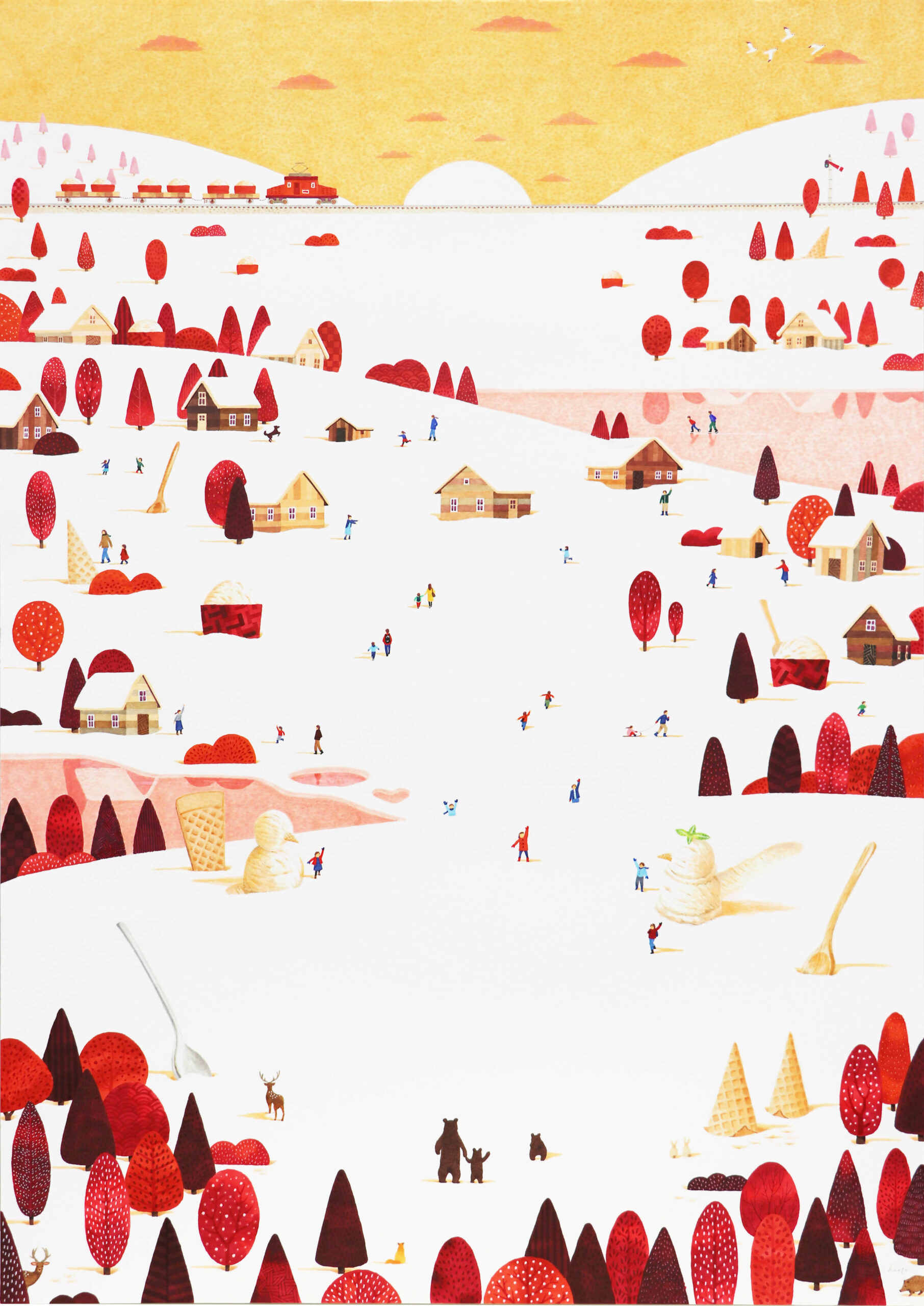
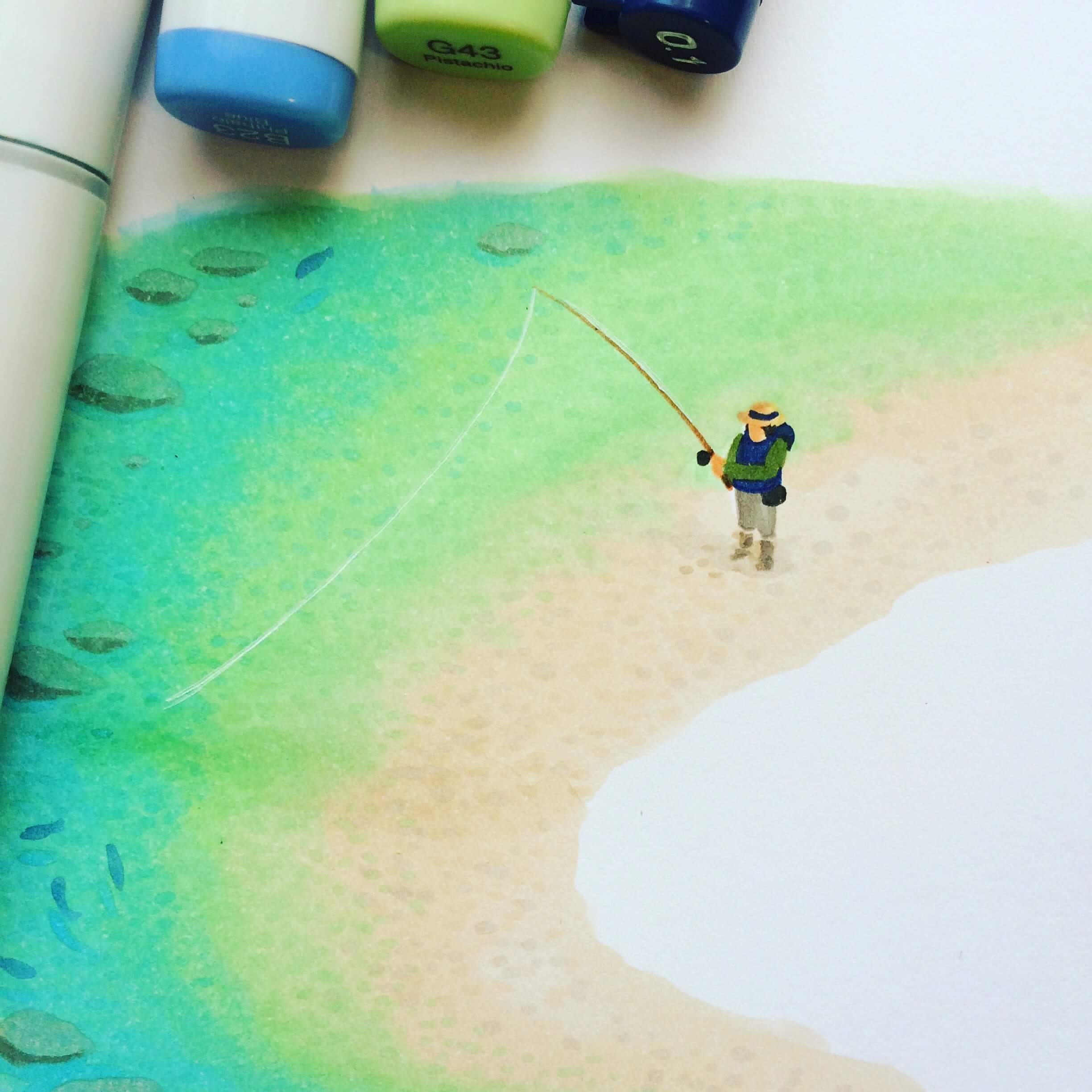
Do you have special rules when using Copic markers?
To avoid the tones changing when the Copic marker starts to run out of ink, I always refill my Copic markers with Copic Ink. Since it's easier to color the details with an almost empty Copic marker, I store 2 Copic markers for each color, one full and one almost empty. Besides that, I focus on the difference between "nicely done" bleeding and "accidental" bleeding.
You almost have all the Copic colors; what are your favorites?
I like to alternate the G and YG colors such as G07,YG17 because they are easy to apply gradients. I also like smoky blues such as B12, B24, B95.
Do you make a color scheme or a plan before working on an artwork?
Yes, I do. If I try to color on an artwork on a whim, I will get lost about the shades or make more errors to fix, which takes up time. That's why I roughly draw the sketch with flat colors on a computer at first and then color the illustration using the first sketch as a guide.
What kind of digital adjustments do you make to your illustrations?
The color textures come out when you scan an illustration made with Copic, so I always adjust the artwork using Photoshop. I use it to tone down textures more than changing the coloring. The colors look different on a computer monitor, so I choose the colors while imaging with the printed out drawing.

The freedom you have with analog coloring vastly increases using digital tools. Do you oppose correcting the original artworks with these tools?
I minded it at first but one day, I had the chance to ask a famous artist about this topic. When I went to his exhibition, I noticed there was a big difference between the original drawing and the final piece. I asked: “there is a great difference between the original and the final piece; why did you correct it so much?” The response I got was: “I constantly change things according to the work details”. With this reply, my doubts about the matter were cleared.
You have to draw different motifs based on a project, but what do you like drawing the most?
I love to draw very detailed drawings such as miniatures. I differentiate the use of them depending on the project. They are different techniques, so I always keep in mind how to express them as best as possible.

Thank you so much for making such a beautiful illustration for the Copic Brand Store.
I was asked to create an illustration for a promotion video, so I aimed to create a picture with various places to show off so anyone could enjoy it from any point of view. I made this illustration while thinking about what timing this part of the drawing would be interesting in the video.
We got the chance to see you drawing, and we were surprised at how small the artwork was. You can’t correct analog drawings easily, is there a way to color without going out of borders?
To focus while coloring to avoid making mistakes. However, there are cases where you either miss, don’t like the colors or the drawing. In the case of a work project, the artwork quality has the highest priority, so I often remake parts and paste it on a PC. I believe I have to submit artworks with the highest quality possible. I redraw parts of the drawing as much as possible.
It’s good to hear that there are ways to fix your misses with Copic markers. Do you have any advice for the people that find Copic markers hard to use but want to try out?
People have asked me before how to color evenly; It's pretty hard to color a wide area of a drawing. However, at the same time, streaking is one of the strongest points of Copic markers. It's different from the watercolor water blurs. I recommend people to try out Copic, with the understanding that you can express yourself with the marker's streaking and bleeding.





